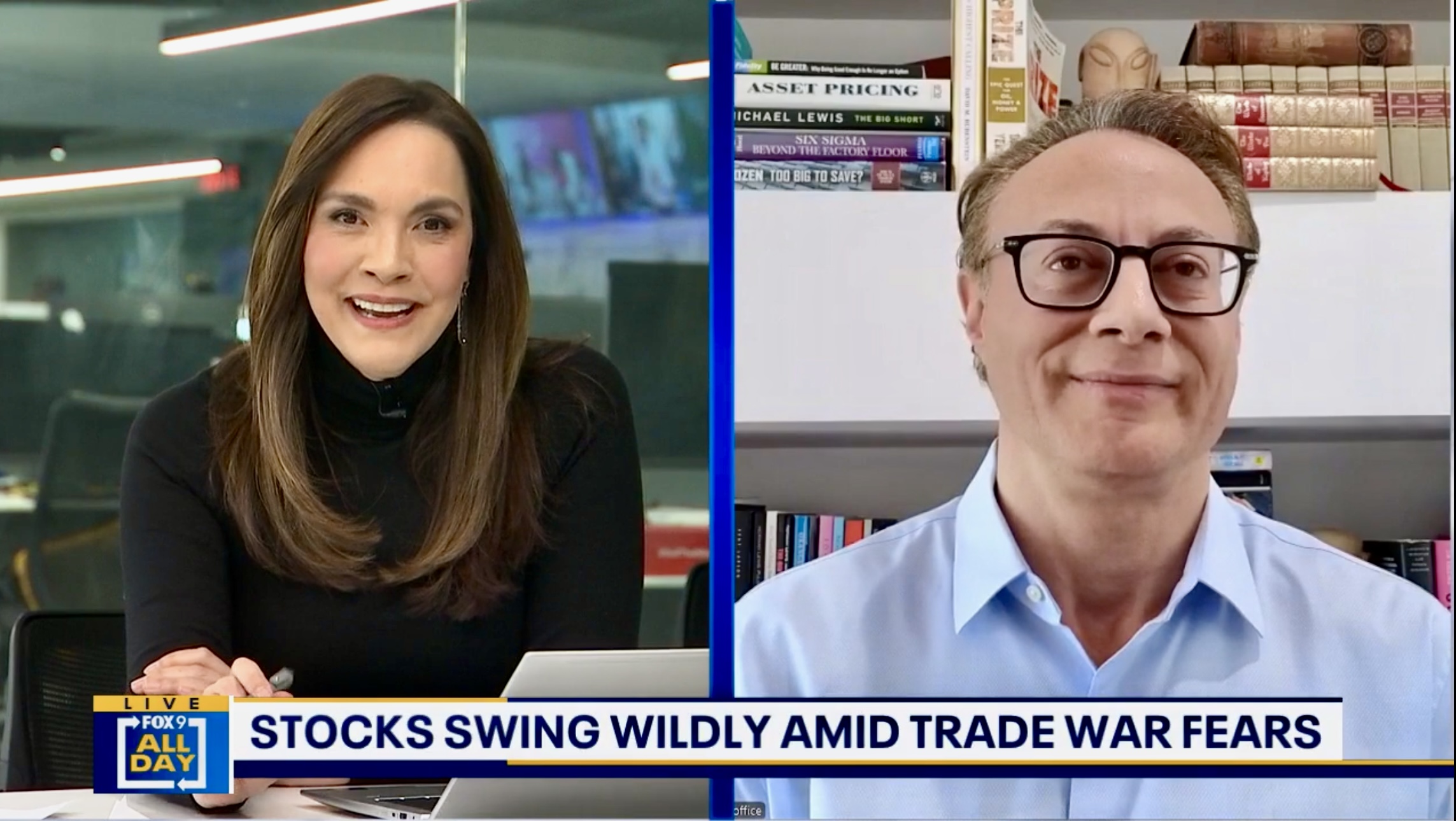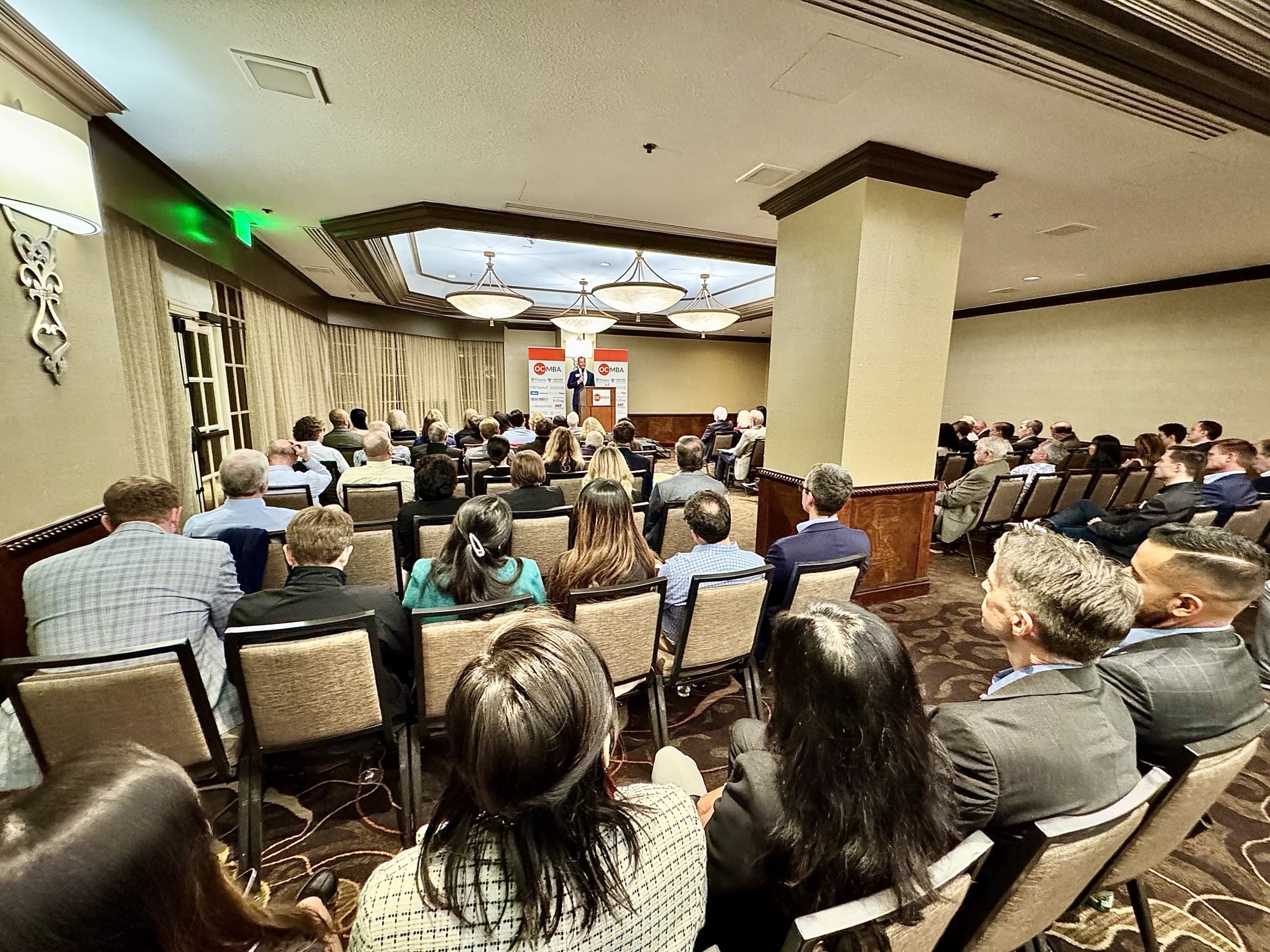- Real estate bargains emerging from the pandemic crisis will not be as plentiful nor as steep as investors hope
- Lower interest rates will change the investment math on capitalization rates
- A 5% capitalization rate in a new lower 1% world is more attractive than a 5% cap rate in a 4% world
- Lower interest rate financing costs can also make up for lower occupancy and rent growth
- Relatively safe income producing real estate (also known as core real estate) could be a fixed income substitute for more investors willing to give up liquidity
- Real estate returns and opportunities will depend, as they usually do, on the asset type and location
- Industrial properties (warehouses, storage, shipping and fulfillment centers) as well as multifamily properties (apartment buildings), and rentable homes are in high demand
- Hotels, malls, and senior housing are out of favor; price declines may be steepest here
The pandemic’s economic shutdown along with the disruptive impact of social distancing, including working from home, have reset real estate’s expected value, both higher and lower. Many investment properties have been hit with an extended period of reduced cash flow which will be especially burdensome if they have interest, tax, insurance, or maintenance payments that can’t be covered or near-term debt maturities that – if unable to re-finance – could force a sale. On the other hand, the need and trend over the last decade toward industrial and warehouse space, communication towers, and cold storage to support transportation logistics, internet delivery, and server/cloud space has only accelerated during the pandemic. Years of online purchasing, curbside pickup, and remote work adoption has been compressed into months.
Counterintuitively, housing affordability has increased across the nation because of lower interest rates and an increase in median family income as fiscal (government) payments and unemployment benefits support family income. Demographic growth trends will continue in popular destinations like Austin, Boise, Charlotte, Denver, Greensborough, and Orlando that offer a high quality of life. Gateway cities such as Washington D.C., Boston, New York, San Francisco, Miami, and Chicago, may feel a negative short-term impact form the pandemic as well as apprehension over higher taxes, but over time, culture, education, community, and network effects will keep these cities as magnets for people, invention, and innovation. On the regulatory side, there remains the possibility that the government may continue and increase restrictive measures like rent control or rent forbearance on residential properties to ensure housing. The hope is that supplemental income and an increase in housing affordability lessons the need for such regulation. Nonetheless, regardless of what new regulations are handed down, landlords and lenders will need to determine their response to relief requests from tenants and borrowers negatively impacted by COVID-19. Overall, the pandemic has increased the desirability of homes with yards which by default means an increased appeal for suburban and urban adjacent living especially with the success of our recent work from home experiment.
Expect real estate to have some knocks and bumps over the next three to eighteen months, but probably not as bad as cash heavy investors hope and not as dire as many fear; in other words, for multiple reasons, real estate will not bottom out like it did during the great financial crisis when it saw average declines of -30% to -60%.
- Real estate is not nearly as levered as it was during the great financial crisis, nor is it the cause of the current economic crisis; less leverage means less chance of default because of non-payment of debt interest or principal
- Lower interest rates change the investment math – what I colloquially call real estate gymnastics – and increase the attractiveness of real estate cap rates
- If borrowing rates fall, then an occupancy and rent drop from a fall in rental demand doesn’t necessarily decrease values. There is a limited supply of core real estate for sale and an avalanche of capital chasing yield; so as long as safe real estate provides a few percent above T-Bills, it is golden
- Value add projects become even more crucial as interest rates decline; e.g., a solar project that adds 5% to the bottom line is worth much more in a low 1% interest rate world than in a higher 4% world because lower interest rates increase the net present value of a project
- Real estate returns and opportunities will depend, as they usually do, on the asset type and location
- Industrial properties (warehouses, storage, shipping and fulfillment centers) as well as multifamily properties (apartment buildings), and rentable homes are in high demand
- Hotels, malls, and senior housing are out of favor; price declines may be steepest here. Look for conversion opportunities, for example re-permitting and redesigning a mall into a mixed-use industrial property
- Expect slower growth in occupancy and pressure on rent for longer in offices and retail spaces
- Tax advantaged opportunity zones can still be a good place to put fresh capital to work
Real estate returns and opportunities depend on location, asset type, purchase price, and management. And whereas strong management is always important, prime assets and locations shift with social and economic trends which in turn influence price, loan rates, and occupancy. On a relative basis, a 4.5% yield on core real estate in a world of government bonds that pay less than 1% may be attractive; if you see a solid defensible real estate opportunity that fits well in your portfolio or financial plan, take note.
My hypothesis is that the Fed will keep interest rates low for a long time and Federal Reserve (Fed) Chairman Jerome Powell confirmed similar at a June 10 press conference, “We’re not even thinking about thinking about raising rates,” he quipped. But even more than just keeping the short end of the yield curve low, I believe the Fed may introduce yield curve control (YCC) – similar the Bank of Japan (BoJ) and the Reserve Bank of Australia (RBA) – that will keep yields on longer dated Treasuries from drifting too high. For example, the Fed may want to hold the yield of the 10-year Treasury at no higher than 0.7% (or 70 basis points in bond speak).
Note: 1) The Fed attempted something similar to yield curve control during and after World War II, from 1942 to 1947. 2) The BoJ has targeted a 10-year rate near zero percent (0%) since 2016. 3) On March 19, in response to the COVID-19 crisis, the RBA set a target yield of around 0.25 percent (0.25%) on 3-year Australian Government bonds.
Low interest rates pressure investors because lower rates make investors compete for a smaller pot of returns. For example, $1 trillion of assets earning 5% throws off $50 billion per year of income to be distributed amongst investors; but at a 1% yield, there is only $10 billion per year to distribute. With low rates and a broadened mindset that they will stay low, larger investors (pension funds, sovereign wealth funds, insurance companies, and family offices with a long-term outlook) will allocate away from government bonds and seek the illiquidity premium (the extra potential return that comes with locking up principal for an extended period) offered by relatively conservative core real estate.
On the other end of the spectrum, aggressive investors will look toward distressed real estate, which will take longer to unfold; there is not much of it for sale now. Low interest rates and bank loan forbearance for zombie companies who in turn are zombie tenants, means a longer clearing process and timeline for opportunities to arise. Banks and lenders will probably play nice with debtors until the third quarter of 2020 and then will want to clean up balance sheets by year end; therefore, we may see some opportunities in the fourth quarter of this year or the first quarter of next year. Aggressive distressed real estate investors may seek dull areas that are hated, hardest hit, and where prices have collapsed; retail, offices, hospitality? Look for properties where prices go down so far that you don’t even need a recovery to make money, you just need someone to pay the rent for six years. How quickly we return to equilibrium values depends on how fast assets reprice; however, considering the mountain of investor cash seeking a bargain, the speed could be neck snapping, i.e., measured in seconds, not years.
Michael Ashley Schulman, CFA
Partner, Chief Investment Officer
Disclosure: The opinions expressed herein are those of Running Point Capital Advisors, LLC (“Running Point”) and are subject to change without notice. Running Point reserves the right to modify its current investment strategies and techniques based on changing market dynamics or client needs. This should not be considered investment advice or an offer to sell any product. Running Point is an independent investment adviser registered under the Investment Advisers Act of 1940, as amended. Registration does not imply a certain level of skill or training. More information about Running Point, including our investment strategies, fees and objectives can be found in our ADV Part 2, which is available upon request. RP‐20‐25


